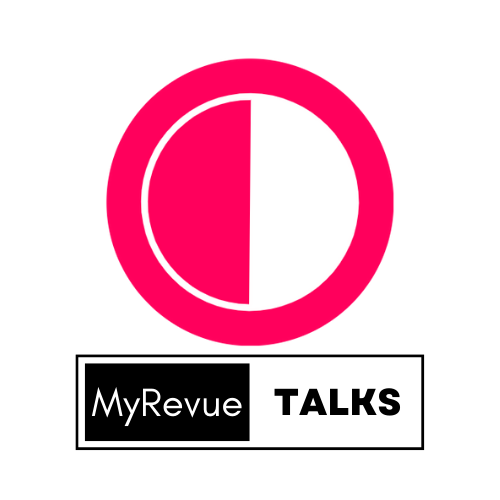User-Generated Content and Customer Engagement
UGC is a powerful tool for customer engagement, offering customers a platform to contribute, connect, and collaborate.

Written by Shivangi
Updated on 15/07/2023
<p class="MsoNormal">User-generated content (UGC) plays a vital role in customer
engagement strategies for businesses. It fosters active participation, builds
trust, and creates meaningful connections with customers. Here's how UGC
contributes to customer engagement:<o:p></o:p></p><p class="MsoNormal"><br></p>
<p class="MsoNormal">Encourages customer participation: UGC encourages customers
to actively participate and engage with a brand. By inviting customers to share
their experiences, opinions, or creative content, businesses empower customers
to become co-creators and contributors. This active involvement strengthens the
bond between customers and the brand.<o:p></o:p></p><p class="MsoNormal"><br></p>
<p class="MsoNormal">Builds authenticity and trust: UGC enhances authenticity and
builds trust among customers. When customers see UGC from their peers or other
customers, it provides a more genuine and relatable perspective. UGC serves as
social proof, validating the brand's claims and creating trust among potential
customers.<o:p></o:p></p><p class="MsoNormal"><br></p>
<p class="MsoNormal">Drives social interactions: UGC fuels social interactions
and conversations among customers. When customers share UGC on social media
platforms or engage with UGC-related campaigns, it sparks discussions,
comments, and shares. These interactions create a sense of community and deepen
the engagement between customers and the brand.<o:p></o:p></p><p class="MsoNormal"><br></p>
<p class="MsoNormal">Enhances customer experiences: UGC contributes to the
overall customer experience. When customers see UGC featuring products, services,
or experiences, it helps them envision themselves as part of the brand's story.
UGC provides inspiration, ideas, and real-life examples that enhance customer
experiences and influence purchasing decisions.<o:p></o:p></p><p class="MsoNormal"><br></p>
<p class="MsoNormal">Increases brand loyalty and advocacy: UGC cultivates brand
loyalty and advocacy. When customers contribute UGC, they feel a sense of
ownership and connection with the brand. This loyalty translates into advocacy,
as customers share their positive experiences and UGC with their networks,
amplifying the brand's reach and influence.<o:p></o:p></p><p class="MsoNormal"><br></p>
<p class="MsoNormal">Personalizes customer interactions: UGC enables personalized
customer interactions. By featuring customer-generated content, such as
reviews, testimonials, or user stories, businesses can acknowledge and
celebrate their customers, creating a personalized touch. UGC-driven
interactions make customers feel valued and recognized, fostering stronger
engagement and loyalty.<o:p></o:p></p><p class="MsoNormal"><br></p>
<p class="MsoNormal">Provides feedback and insights: UGC serves as a valuable
source of customer feedback and insights. Customers often share their opinions,
suggestions, or reviews through UGC, providing businesses with valuable
information to improve their products, services, or customer experiences.
UGC-driven feedback loops enable businesses to listen, learn, and iterate based
on customer insights.<o:p></o:p></p><p class="MsoNormal"><br></p>
<p class="MsoNormal">Fuels user communities: UGC contributes to the formation and
growth of user communities. When customers engage in UGC-related activities,
they become part of a community with shared interests and experiences. These
communities foster ongoing engagement, support, and knowledge sharing among
customers, strengthening their connection to the brand.<o:p></o:p></p><p class="MsoNormal"><br></p>
<p class="MsoNormal">Drives user-generated reviews and ratings: UGC plays a
significant role in generating customer reviews and ratings. Customers are more
likely to leave reviews or ratings when encouraged to contribute UGC. Positive
reviews and ratings serve as social proof, influencing the purchase decisions
of potential customers.<o:p></o:p></p><p class="MsoNormal"><br></p>
<p class="MsoNormal">Sparks creativity and gamification: UGC-driven initiatives,
such as contests, challenges, or user-generated campaigns, stimulate customer
creativity and gamify the customer experience. Customers enjoy participating in
UGC-driven activities that allow them to showcase their skills, creativity, and
unique perspectives. This gamification element increases engagement and
excitement around the brand.<o:p></o:p></p><p class="MsoNormal"><br></p>
<p class="MsoNormal">UGC is a powerful tool for customer engagement, offering
customers a platform to contribute, connect, and collaborate with businesses.
By embracing UGC and creating opportunities for customer participation,
businesses can foster deeper relationships, build brand loyalty, and create a
vibrant community of engaged customers.<o:p></o:p></p>
<p class="MsoNormal"><o:p> </o:p></p>
